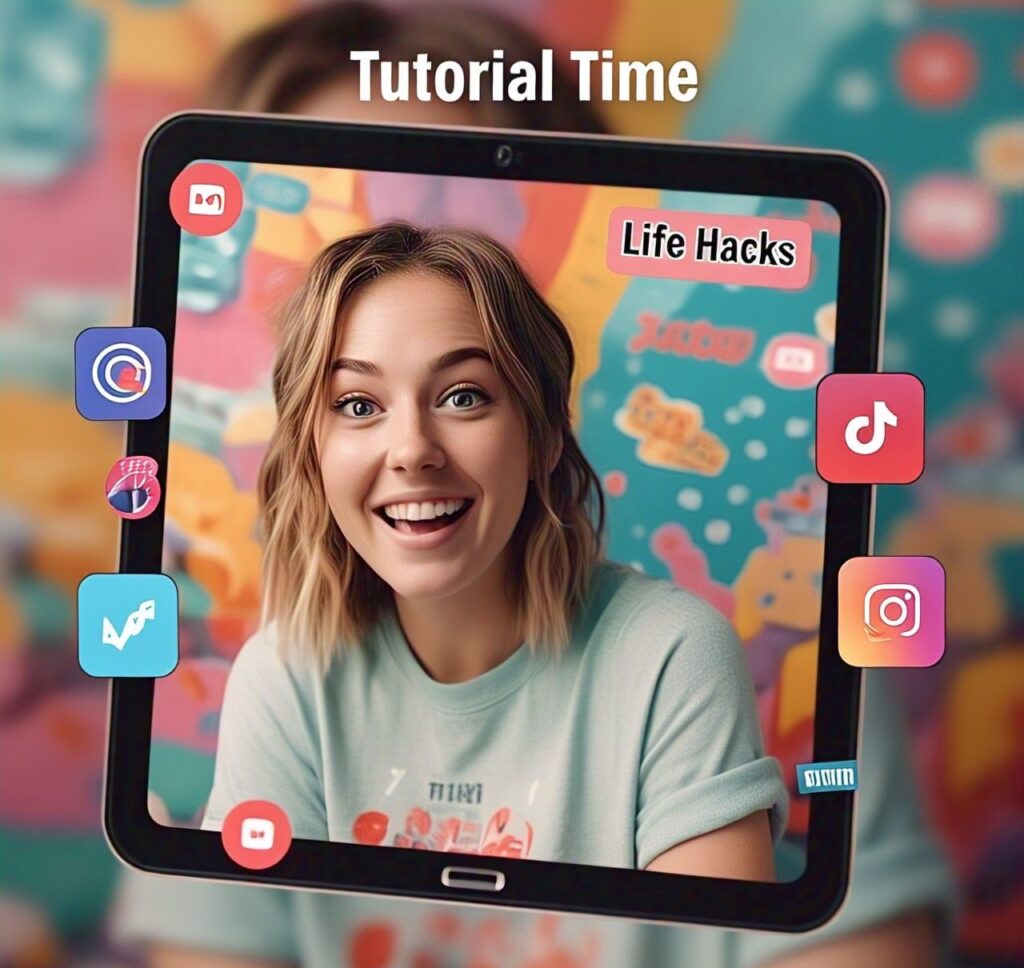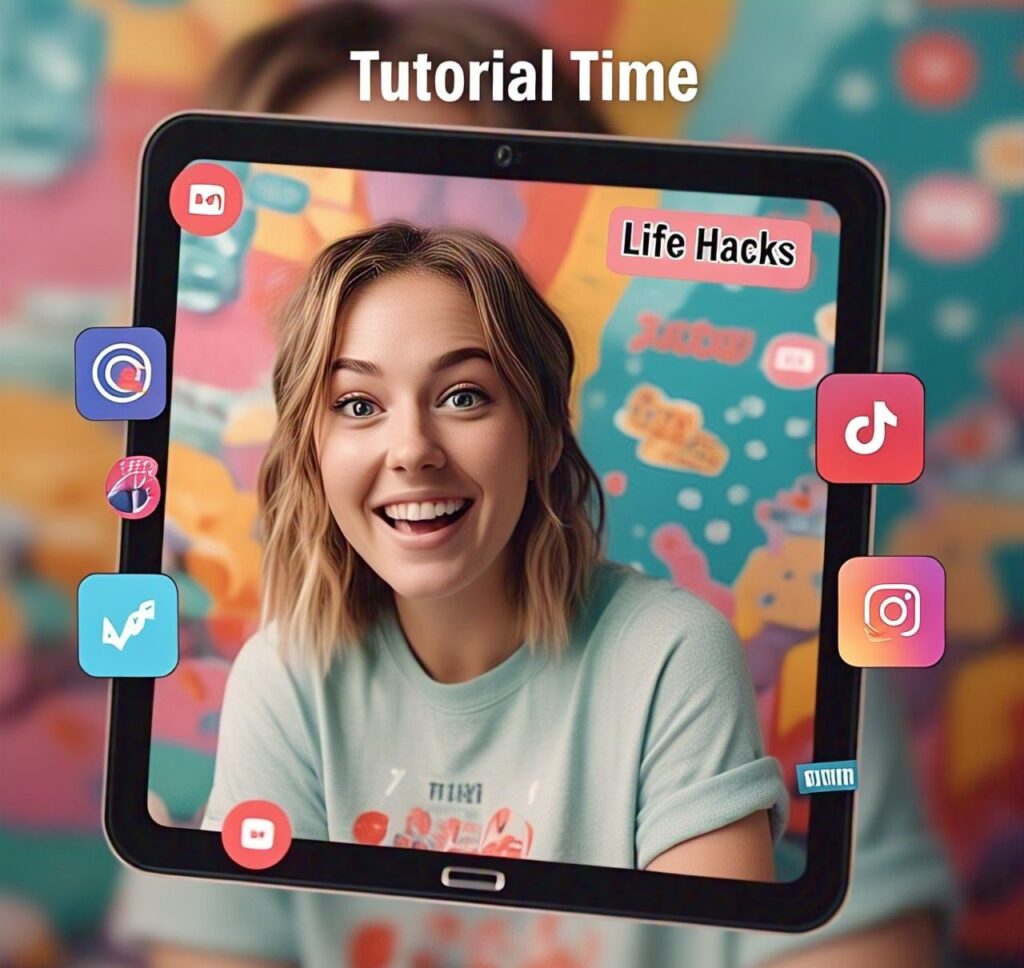
In today’s social media-driven world, tutorials are more popular than ever. They provide value to your audience by teaching them something new, and if done right, they have the potential to go viral. So, how do you create a tutorial that stands out and spreads like wildfire? Here’s a step-by-step guide to help you achieve viral success.
1. Choose a Relevant Topic
The first step in creating a viral tutorial is selecting a topic that resonates with your audience. The more relevant your tutorial is to current trends or in-demand skills, the higher your chances are of it gaining attention. Look for trending topics, challenges, or frequently asked questions in your niche. For example, if you’re into beauty, a tutorial on the latest makeup techniques or a viral beauty hack could attract a lot of viewers.
2. Keep It Short and Sweet
The key to a viral tutorial is brevity. Attention spans are shorter than ever, and long tutorials are often skipped. Aim for a tutorial length of around 1-3 minutes. Focus on delivering the essential steps or tips without overwhelming the viewer. If it’s a multi-step process, break it down into digestible parts. A quick, clear tutorial will keep viewers engaged and more likely to share it.
3. Engage with Stunning Visuals
One of the most important aspects of any tutorial is how visually appealing it is. People learn better with visuals, so use high-quality footage, clear lighting, and close-up shots where necessary. If you’re demonstrating a process, show the key steps with clarity. Use screen recordings for tech tutorials or overhead shots for DIY projects. The more visual and interactive your tutorial is, the easier it will be for viewers to follow along.
4. Add Your Unique Touch
What makes your tutorial stand out? Adding your personality or a unique twist can make your tutorial more memorable. Whether it’s injecting humor, sharing a personal story, or showcasing a creative version of a popular trend, find a way to make your tutorial your own. This will not only help it gain attention but also make it more shareable.
5. Leverage Social Media
When posting your tutorial, make sure to optimize it for social media. Use relevant hashtags that tie into current trends or challenges, and ensure that your post is searchable. Platforms like TikTok, Instagram, and YouTube are great for tutorial-based content, but make sure your video is optimized for each platform. For example, vertical videos work best on TikTok and Instagram Stories, while horizontal videos are more suitable for YouTube tutorials.
6. Encourage Audience Engagement
To boost the chances of your tutorial going viral, make sure to encourage audience interaction. Ask your viewers questions or invite them to share their results. For example, you could challenge them to recreate the tutorial and tag you in their posts. The more people engage with your tutorial, the higher the chances it will be shared and spread.
7. Call to Action
At the end of your tutorial, always include a strong call to action. This could be as simple as asking viewers to like, comment, and share. You could also invite them to follow your page for more tutorials or suggest related content that they can check out next. A clear call to action will encourage further interaction and keep your audience engaged with your content.
Conclusion
Creating a viral tutorial is not about luck—it’s about understanding what resonates with your audience and delivering value in an engaging, creative way. By selecting relevant topics, keeping your videos concise, incorporating stunning visuals, adding your personal touch, and optimizing your content for social media, you can increase your chances of creating a tutorial that gets noticed, shared, and ultimately goes viral.
Do you have a tutorial idea that you want to try out? Let me know how it goes!
I hope this article helps! Let me know if you’d like any changes or additional sections.



